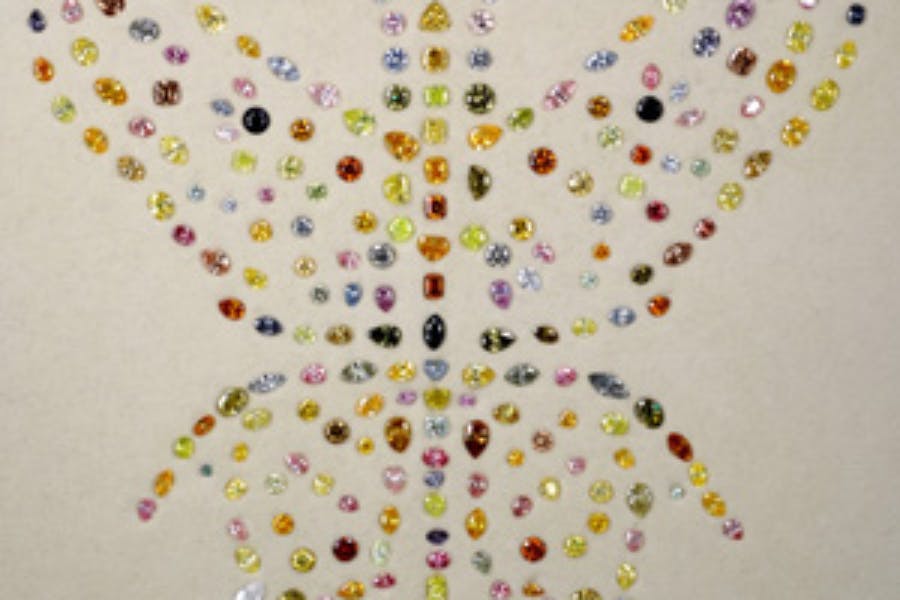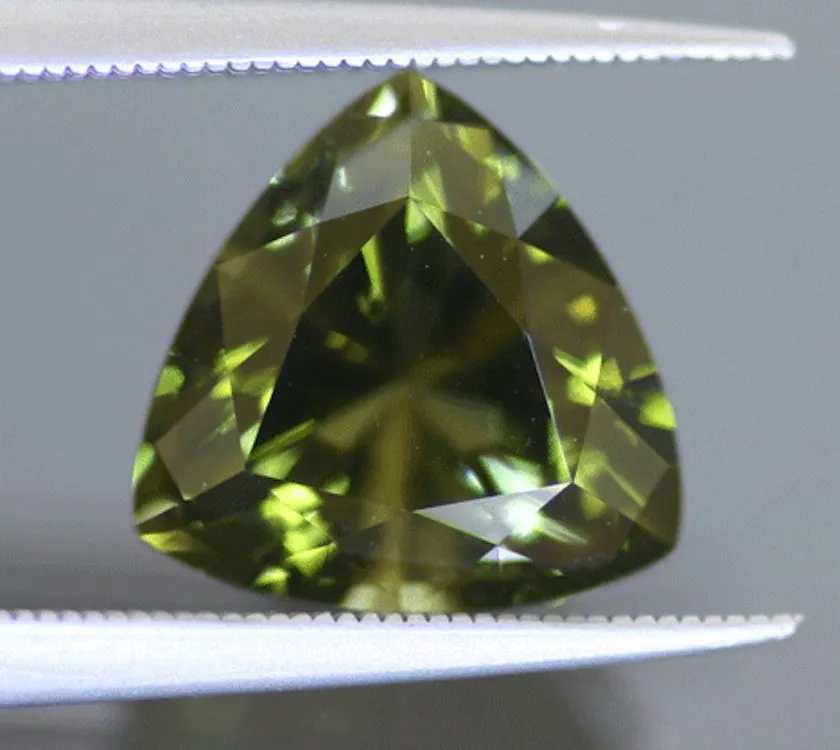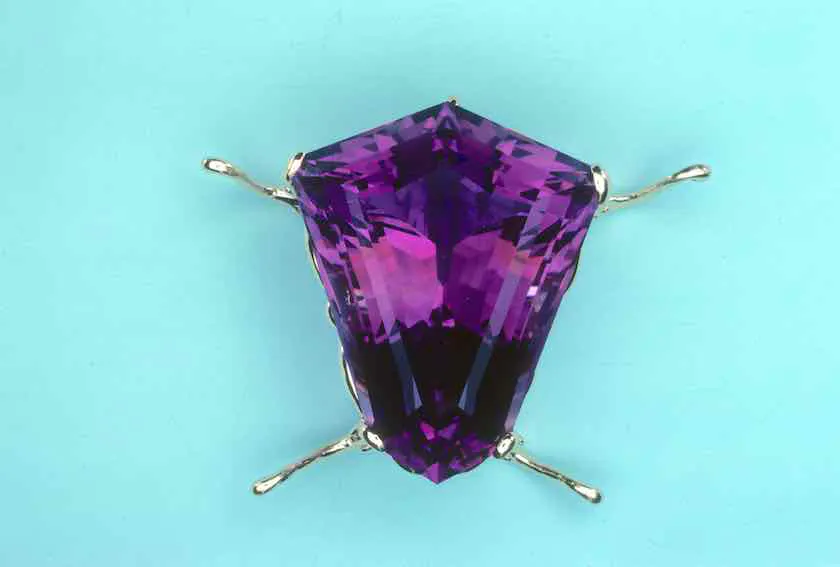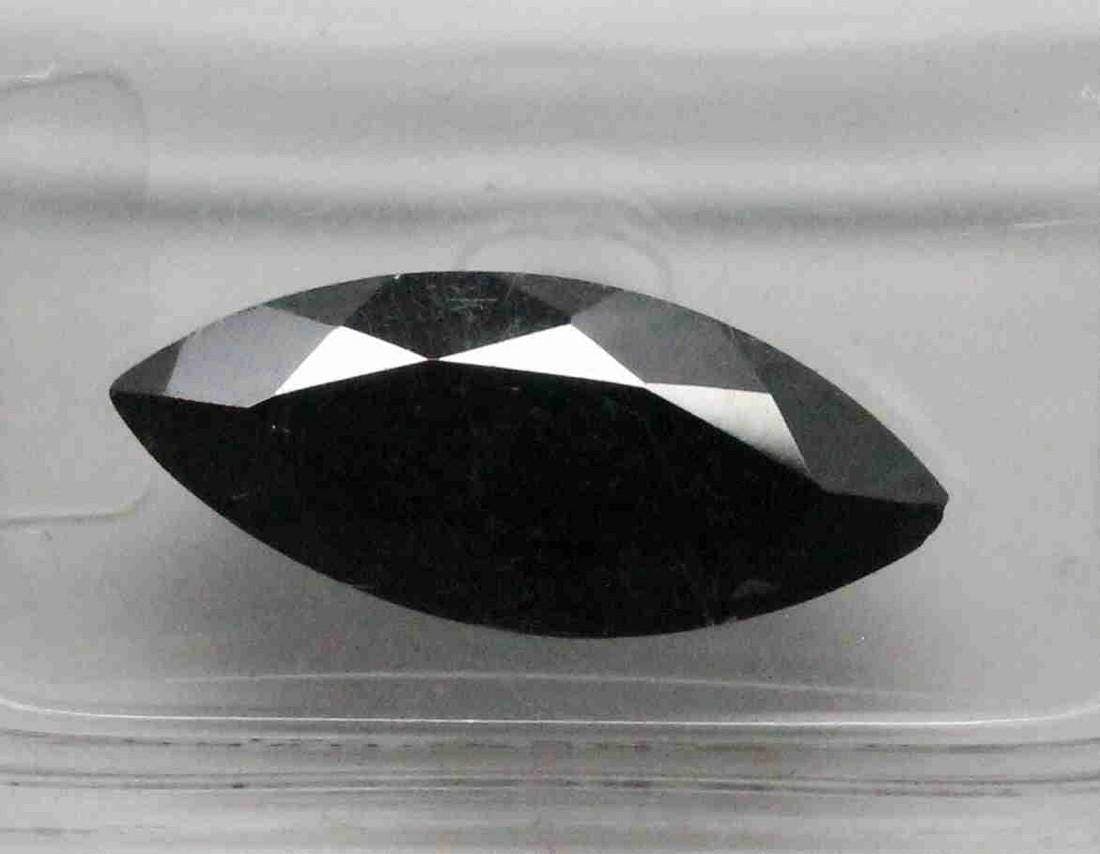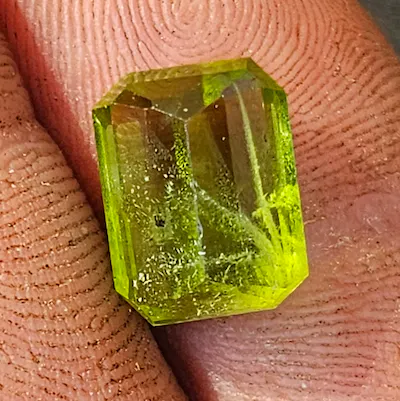Information about Diamonds, News
A Complete Guide to Diamond Color Grading
Explore the nuances of diamond color and its impact on value in our comprehensive guide, “A Complete Guide to Diamond Color Grading.” Delve into the world of diamond color assessment, guided by the expertise of the Gemological Institute of America (GIA). The GIA employs a meticulous grading scale, ranging from D to Z, to evaluate the color purity of white or colorless diamonds. While D-grade diamonds are prized for their absolute colorlessness, those with hints of yellow or brown receive lower grades.
Discover the distinct categories on the GIA scale, including Colorless, Near Colorless, Faint, Very Light, and Light, each illuminating the subtle gradations in diamond hues. Beyond traditional white diamonds, explore the allure of vibrant colored diamonds such as pink, green, and blue, highly coveted by enthusiasts and collectors alike. Uncover the influence of the metal setting, fluorescence effects on color perception, and the advanced techniques employed by skilled diamond graders, ensuring accurate and precise assessment of a diamond’s color grade.
Explore the world of diamond color grading with our guide, crafted to enhance your understanding, available at Melogems.com.
The GIA Color Grading Scale
The Gemological Institute of America (GIA) has developed a comprehensive and widely recognized color grading scale for white or colorless diamonds. This scale ranges from grades D to Z, with each grade representing a specific range of color. This scale is crucial in determining the value and quality of a diamond, as color is one of the most important factors in diamond grading.
Grades D to Z
The GIA color grading scale starts with the highest grade of D, which represents a completely colorless diamond. As you move down the scale towards Z, the presence of increasing amounts of color becomes noticeable. The Z grade signifies a diamond with a light yellow or brown tint, with the intensity of the color becoming more pronounced as you approach the end of the scale.
Categories: Colorless, Near Colorless, Faint, Very Light, and Light
To further define the range of color within the D to Z scale, the GIA has divided it into five distinct categories: Colorless, Near Colorless, Faint, Very Light, and Light. Understanding the characteristics of each category is essential in gauging the value of a diamond and making an informed purchasing decision.
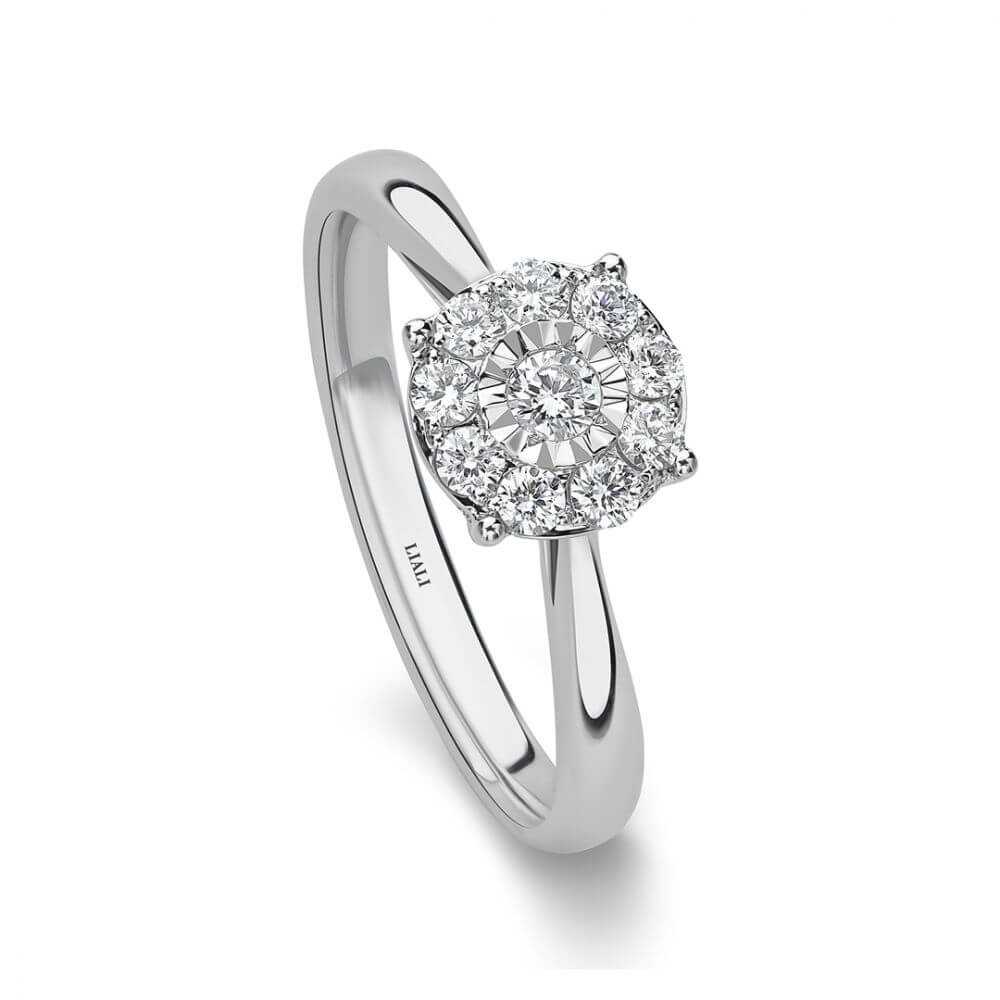
Understanding Diamond Color
Color plays a significant role in determining the value of a diamond. While many people may think that a completely colorless diamond is the most valuable, there are also fancy colored diamonds that demand a premium price. Let’s delve into the nuances of diamond color and how it affects their value.
Value of Colorless Diamonds
Diamonds that fall within the colorless category of the GIA grading scale (grades D-F) are highly valued for their exceptional whiteness and lack of color. These diamonds are incredibly rare and often command a higher price due to their stunning visual appeal.
Value of Fancy Colored Diamonds
On the other end of the spectrum, there are diamonds that possess enough color to be considered “fancy.” These diamonds, such as pink, green, or blue diamonds, are highly sought after and can fetch astronomical prices. The intensity and rarity of the color determine the value of fancy colored diamonds, making them unique and prized possessions.
Nitrogen Impurities and Yellow Color in Diamonds
It is vital to understand that the presence of nitrogen impurities in diamonds contributes to their yellow color. In fact, approximately 98% of gem-quality diamonds contain some amount of nitrogen, which manifests as shades of yellow in the stones. This is why the majority of diamonds fall within the near colorless to light yellow range on the GIA grading scale.
Differentiating Between Color Grades
Professional diamond graders use the GIA color grading scale and their expertise to differentiate between different color grades. They rely on a master set of diamonds, which serves as a benchmark for grading purposes. By comparing a test stone with the master stones, the graders can accurately assign a color grade to the diamond, ensuring its quality and value are determined with precision.
Discover sapphire with diamonds rings at Melogems!
The Most Valuable Diamond Color
While all diamonds hold value and beauty, the most valuable color on the GIA grading scale is D. Diamonds within this color grade are highly desirable and tend to command a premium due to their complete colorlessness. A D color diamond appears immaculately white, lending an unmatched brilliance to the stone.
Premium of D Colorlessness
The premium associated with D color diamonds stems from their rarity and visual appeal. These diamonds are incredibly scarce, with only a small percentage of all diamonds mined falling within the D grade. Their pristine whiteness sets them apart from other diamonds, making them highly sought after by collectors and connoisseurs.
Yellow Nitrogen Impurities in Gem-Quality Diamonds
Despite the premium associated with D color diamonds, it is important to note that nearly all gem-quality diamonds contain varying levels of yellow caused by nitrogen impurities. This means that even D color diamonds can exhibit a minimal amount of yellow hue, albeit nearly imperceptible to the naked eye. However, the absence of significant yellow color is what distinguishes D color diamonds and makes them highly valuable.
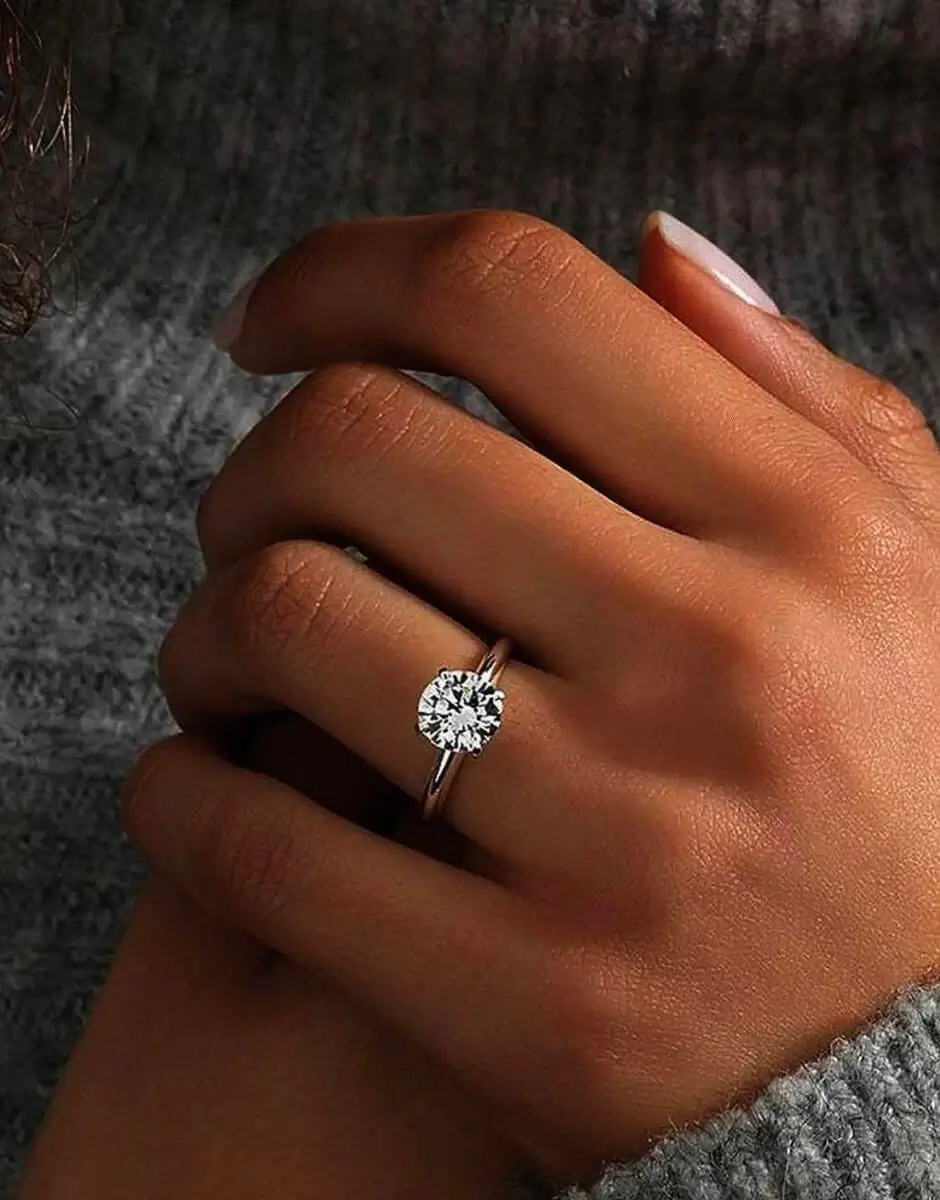
Lower Color Grades
While D color diamonds reign supreme in terms of value, there are still diamonds with lower color grades that possess their own appeal and charm. Let’s explore some key color grades and their characteristics.
Faint Yellow Diamonds (Cape Diamonds)
Diamonds that fall within the faint category of the GIA grading scale (grades M-Z) may exhibit a yellowish tint. These diamonds are sometimes referred to as “Cape diamonds” and have a unique allure. While they may not possess the colorlessness of higher grade diamonds, they can still offer excellent value and beauty, especially when considering their lower price point.
W-Z Color Grade Diamonds (Near-Fancy Yellow Diamonds)
Within the light yellow category of the GIA grading scale (grades W-Z), you will find diamonds that are marketed as “near-fancy yellow.” These diamonds exhibit a deeper yellow color compared to their faint yellow counterparts. While they may not qualify as true fancy colored diamonds, they can still exude warmth and radiance, making them an attractive option for those seeking a vibrant yellow stone at a more accessible price.

Price Difference Between Color Grades
The color grade of a diamond significantly impacts its price. As you move up or down the GIA grading scale, you will encounter noticeable price differences between adjacent color grades. Let’s explore two significant instances where these price differences become particularly pronounced.
Significant Price Difference Between D and E
The price difference between a D color diamond and an E color diamond can be substantial. While both grades fall within the colorless category, the slightest variation in color can affect the price significantly. The rarity of D color diamonds drives up their value, making them more expensive compared to their close counterparts, such as E color diamonds.
Significant Price Difference Between F and G
Another instance where there is a noticeable price difference is between F and G color diamonds. While both grades fall within the near colorless category, jewelers and diamond connoisseurs can often distinguish a slight variation in color between F and G stones. This slight variation can lead to a price difference due to the perception of colorlessness associated with F color diamonds.
Impact of Metal Setting on Diamond Color
The metal setting of a diamond can have a surprising impact on its perceived color. The choice of metal can either enhance or detract from the diamond’s color, depending on the grade of the stone.
Impact of Yellow or Rose Gold Settings on Lower Grade Stones
Yellow or rose gold settings can be advantageous when it comes to lower grade diamonds. These warmer-toned metals can create a contrasting effect, making the diamond appear whiter by comparison. This is particularly valuable for diamonds with faint or light yellow hues, as the metal setting can help mask the presence of color and give the diamond a brighter overall appearance.
Enhancement of Whiteness with White Gold Settings on Higher Grade Stones
Conversely, white gold settings can enhance the whiteness of higher color grade diamonds. The cool tones of white gold complement the colorless nature of diamonds with grades in the colorless to near colorless categories. The white gold setting allows the diamond to shine brilliantly without any distractions, showcasing its pristine beauty.
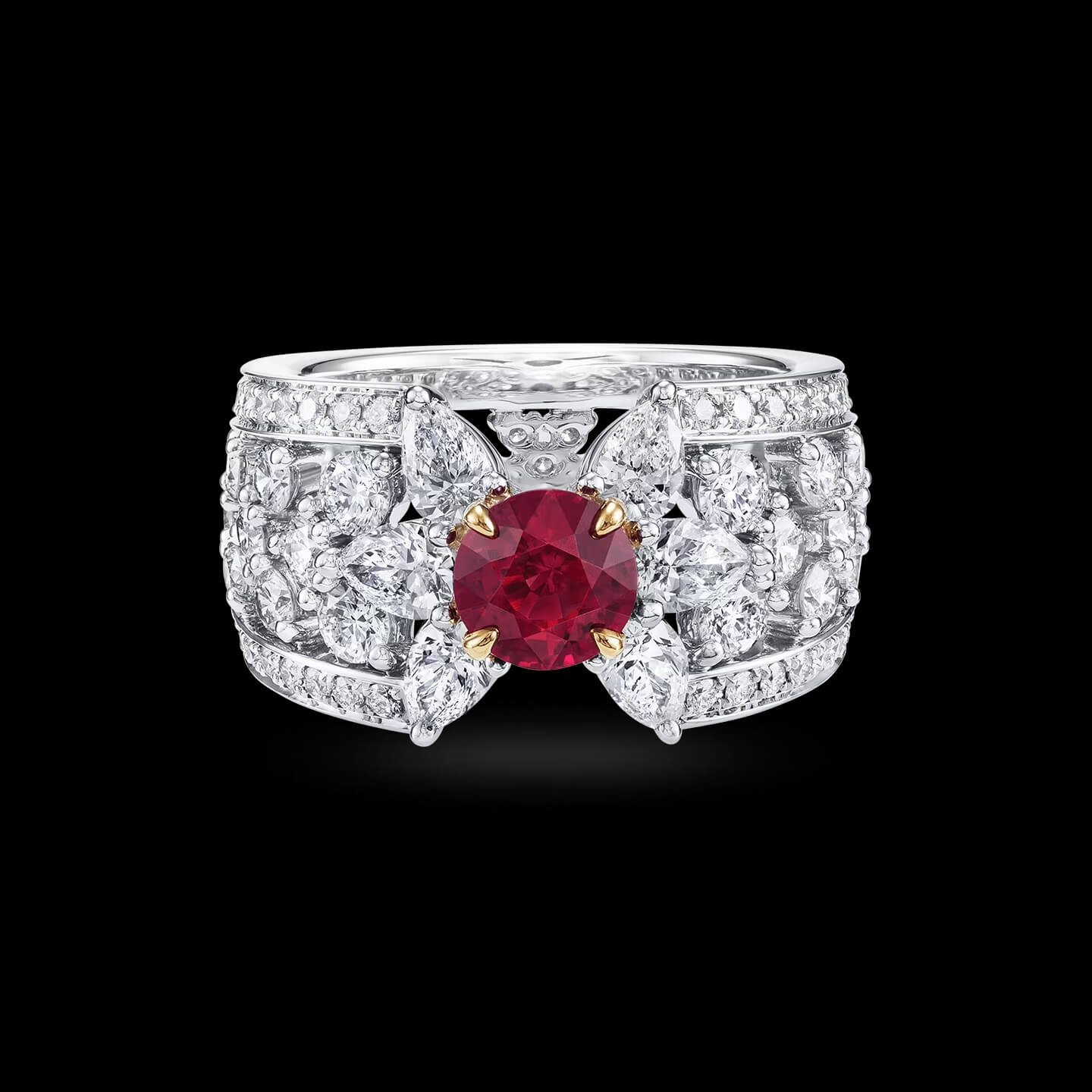
Fluorescence and Diamond Color
Fluorescence is a fascinating characteristic that can affect the color of a diamond under certain lighting conditions. Different fluorescence qualities can either enhance or diminish the perceived color of a diamond. Let’s explore the impact of fluorescence on diamond color.
Milky Appearance or Cancellation of Yellow Color with Fluorescence
Some diamonds exhibit fluorescence when exposed to ultraviolet light. In certain cases, strong or medium blue fluorescence can cause the diamond to appear milky or hazy, reducing its transparency and colorlessness. However, it is important to note that not all diamonds with fluorescence exhibit this milky appearance. Each diamond’s fluorescence should be evaluated individually to determine its impact on color.
Desirability of Blue Fluorescence for Fancy Colored Diamonds
While blue fluorescence may have adverse effects on colorless diamonds, it can be highly desirable for fancy colored diamonds. Blue fluorescence can create an extraordinary and unique visual effect by causing the diamond to emit a vibrant blue glow. This fluorescence can enhance the overall aesthetic and desirability of fancy colored diamonds, making them even more captivating and valuable.
Increase of Yellow Color with Yellow or Green Fluorescence
Diamonds with yellow or green fluorescence may experience an increase in their yellow color. This effect can be particularly noticeable in diamonds with lower color grades. The fluorescence can intensify the yellow hue, impacting the overall appearance and value of the diamond. It is important to consider fluorescence when assessing the color of a diamond to ensure its suitability for your tastes and preferences.
Diamond Color Grading Process
The diamond color grading process involves the use of a master set of diamonds, which serves as a benchmark for comparison. Certified diamond graders carefully examine and compare the test stone with the master stones to determine its precise color grade. This meticulous process ensures that each diamond is accurately graded and classified according to the GIA color grading scale.
Use of Master Set of Diamonds for Comparison
The master set of diamonds consists of specifically selected stones that represent each color grade on the GIA grading scale. The diamonds in this set are meticulously chosen based on their color characteristics to provide a reference point for grading purposes. This invaluable tool allows diamond graders to make precise comparisons and consistently assign accurate color grades to diamonds.
Comparison of Test Stone with Master Stones to Determine Color Grade
To determine the color grade of a diamond, the grader closely examines the test stone under standardized lighting conditions. By comparing the test stone’s color to the master set of diamonds, they can identify the closest match and assign the corresponding grade. This process ensures objectivity and uniformity in diamond grading, enabling consumers to make informed decisions based on reliable color information.
Explore more about Ruby with diamond rings at Melogems!
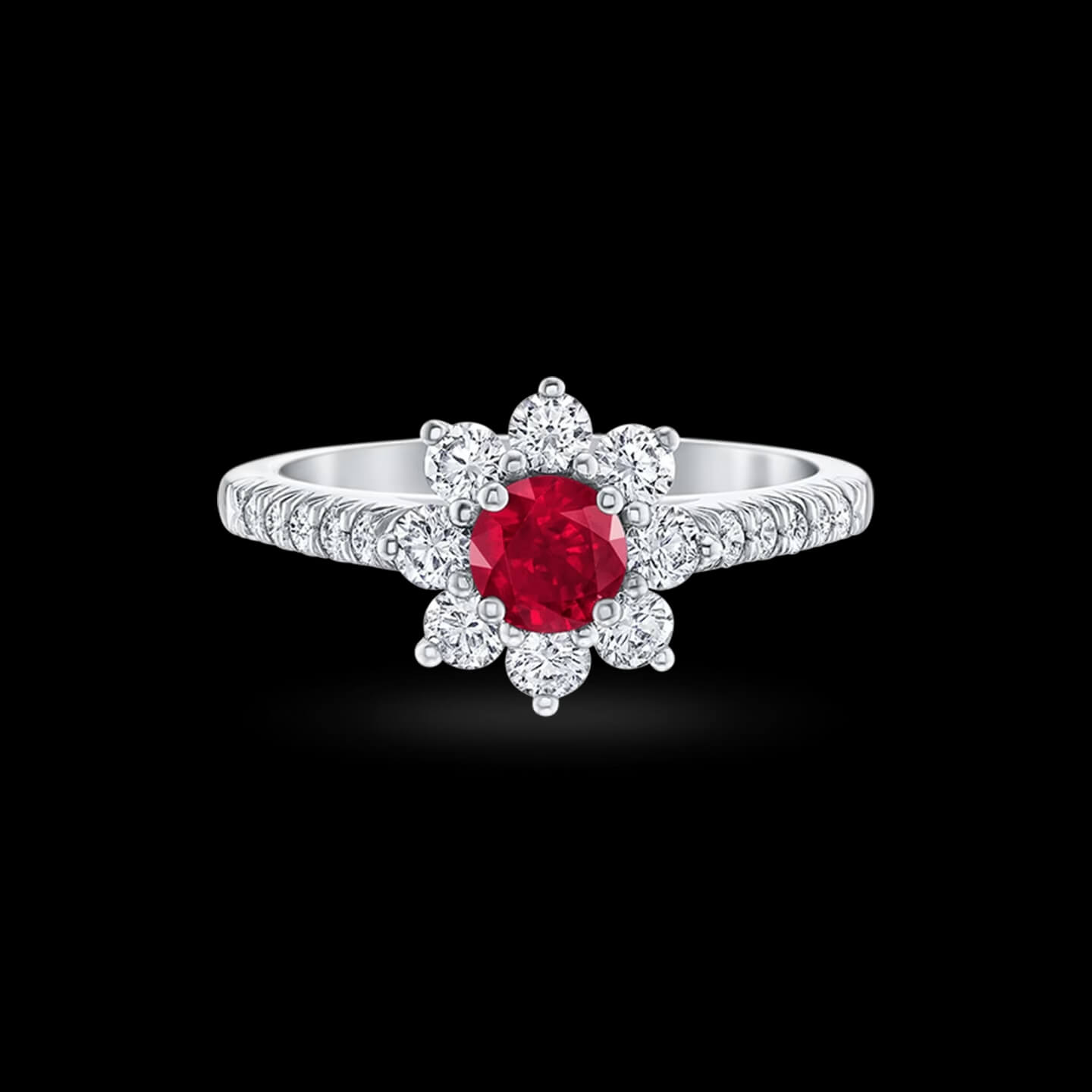
Evaluating Normal Color Range Diamonds
When evaluating diamonds within the normal color range (grades D to Z), professionals employ specific techniques to assess their colorlessness or presence of color.
Placing Stone Table Down to Look for Lack of Color
When evaluating diamonds in the normal color range, professionals typically place the stone table down, allowing them to see through the diamond from the bottom. By doing so, they can assess the diamond’s transparency and look for the absence of any noticeable color. This method highlights the diamond’s colorlessness and helps determine its placement within the GIA grading scale.
Evaluating Fancy Colored Diamonds
Fancy colored diamonds require a different approach when it comes to evaluating their color. Their unique and vibrant hues call for specific grading techniques to determine their maximum color potential.
Grading Table Up to Look for Maximum Color
When assessing fancy colored diamonds, professionals grade the stones with the table facing up. This positioning allows for the maximum amount of color to be visible. The color intensity of these diamonds is a critical factor in determining their value and desirability. By evaluating the stone in this manner, graders can accurately assess the diamond’s color saturation and assign the appropriate grade.
In conclusion, the GIA color grading scale is an indispensable tool for assessing the value and quality of diamonds. Understanding the nuances of diamond color, from the rare colorless diamonds to the captivating fancy colored stones, empowers consumers to make informed decisions when purchasing these precious gemstones. The impact of metal settings, fluorescence, and the meticulous grading process further contribute to the intricate world of diamond color grading. By delving into the complete guide to diamond color grading, you can navigate this fascinating realm with confidence and appreciation for the beauty that diamonds possess.

